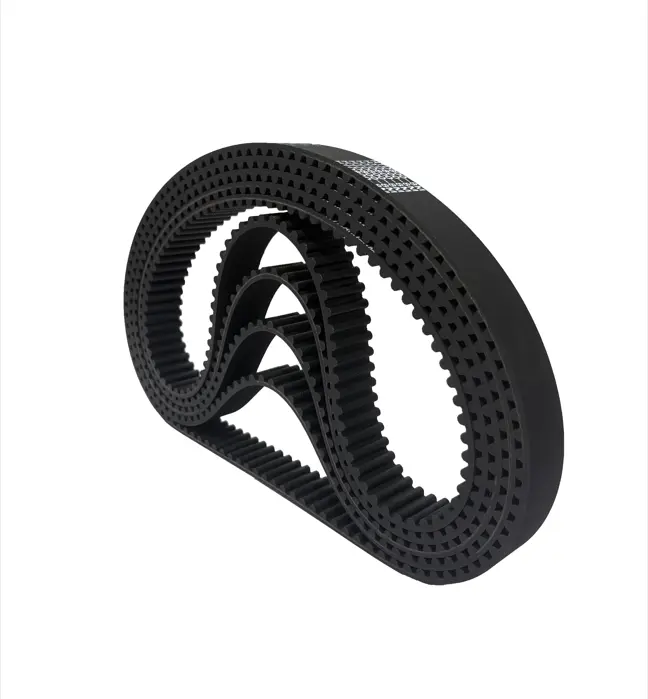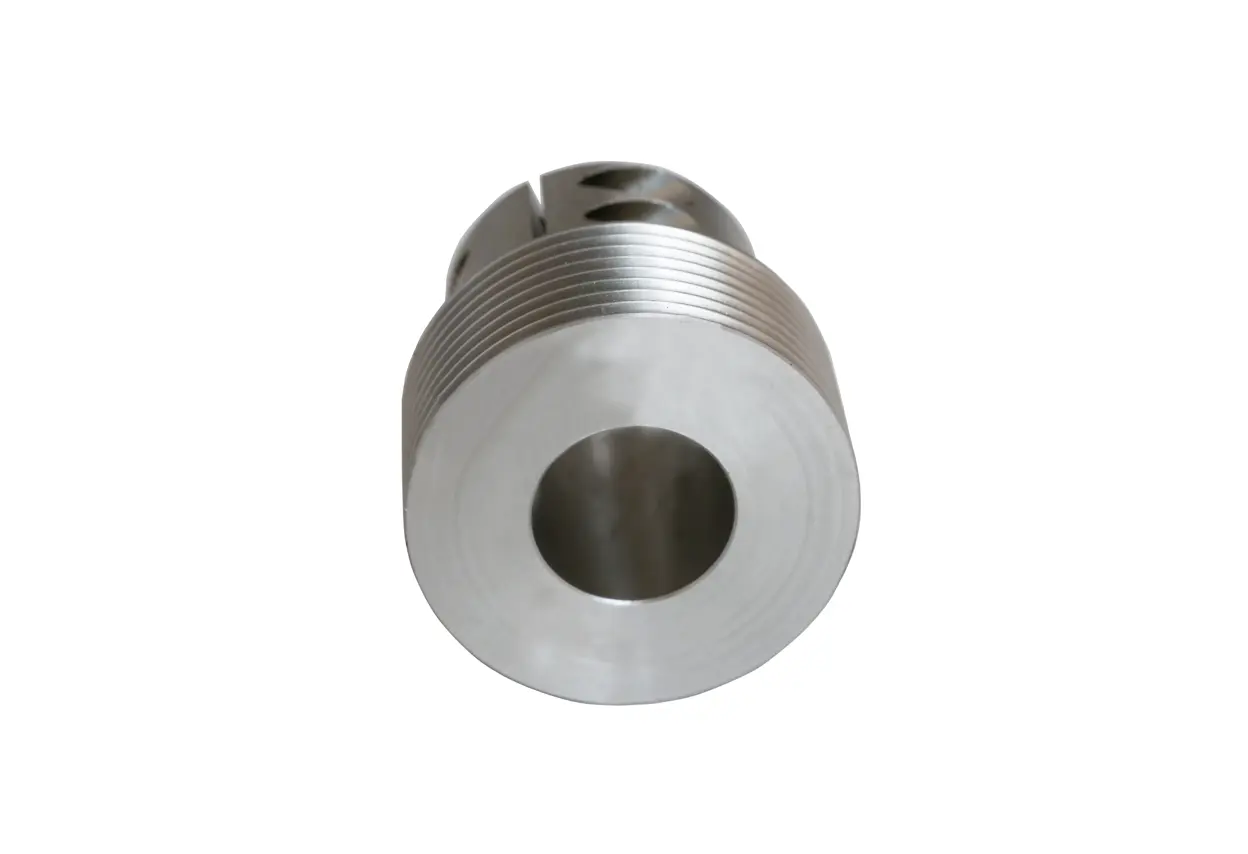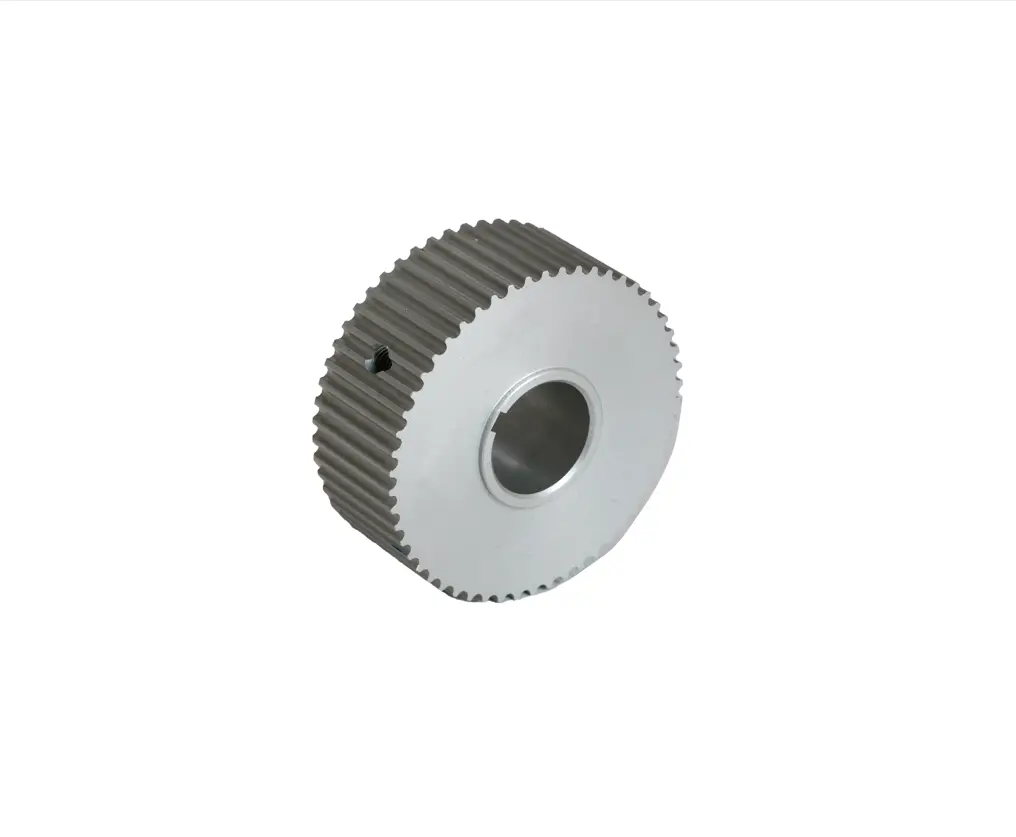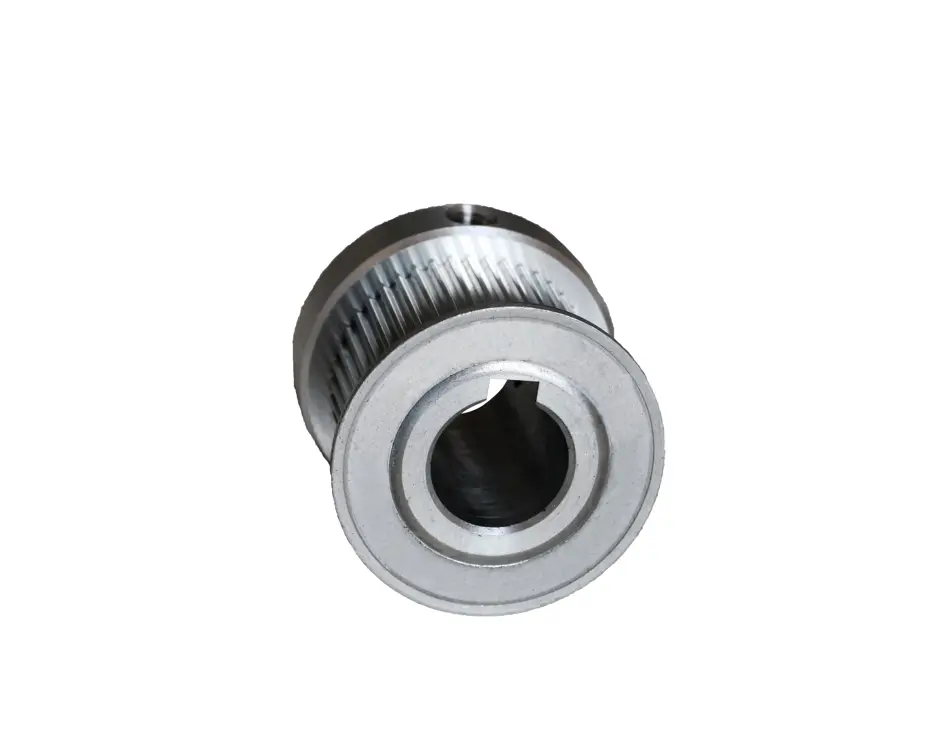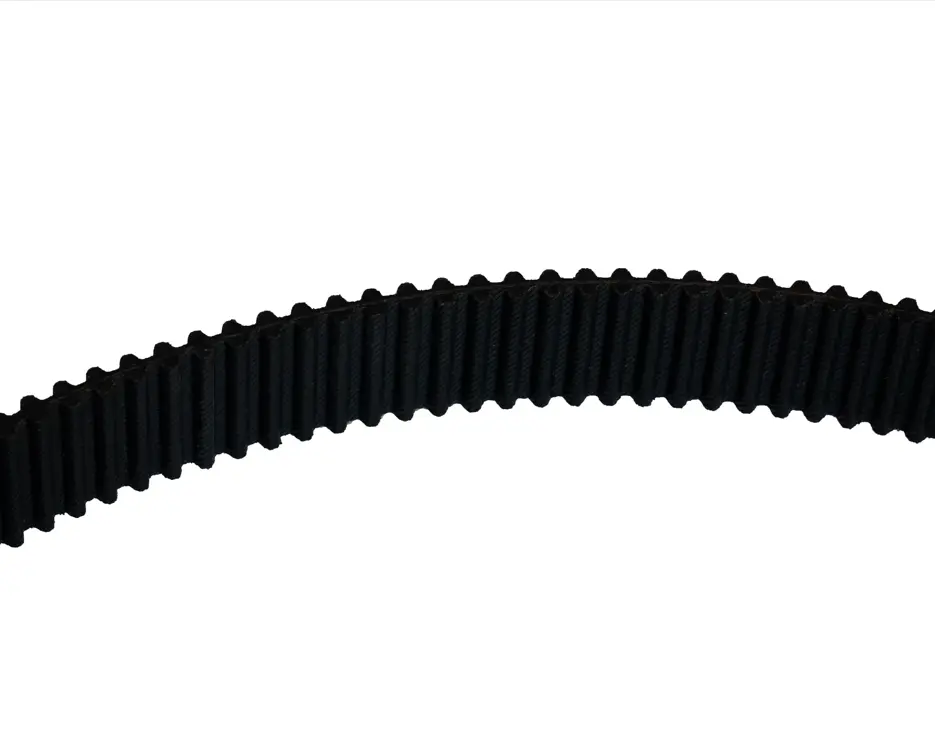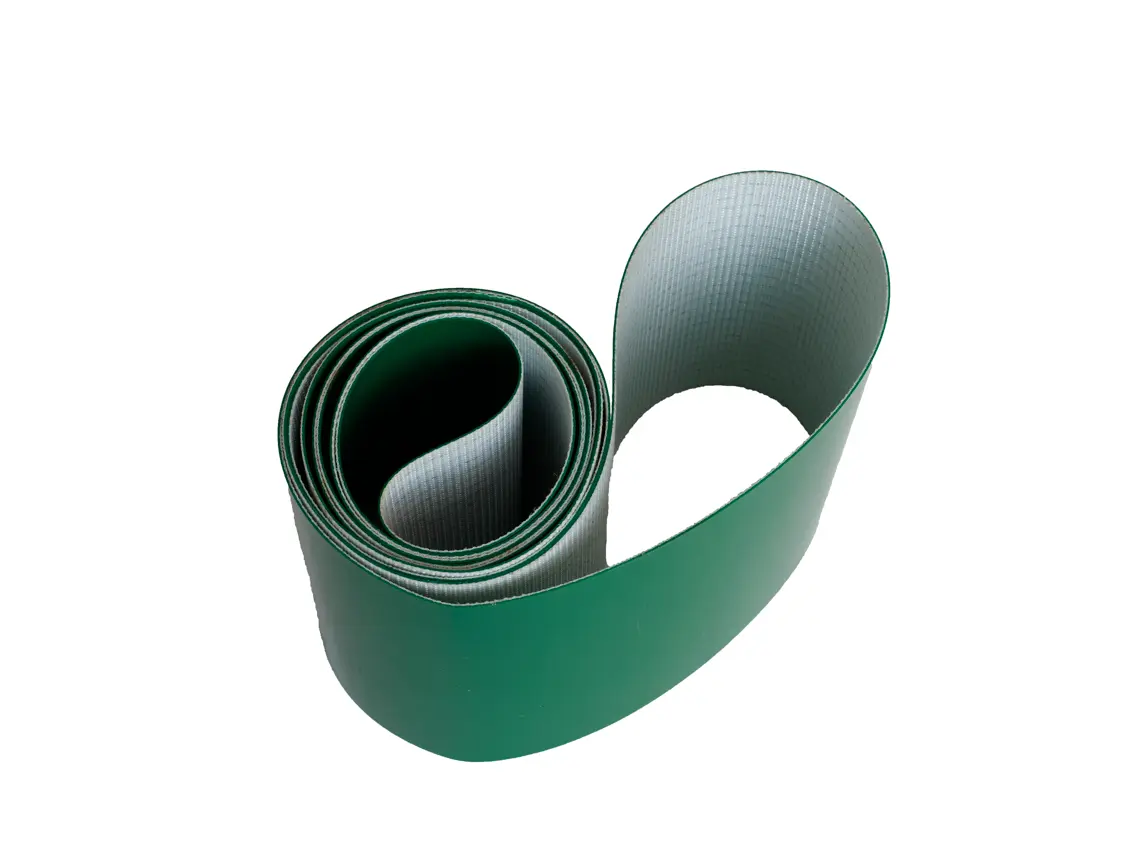5 Common Causes of Timing Belt Pulley Failure and How to Prevent Them
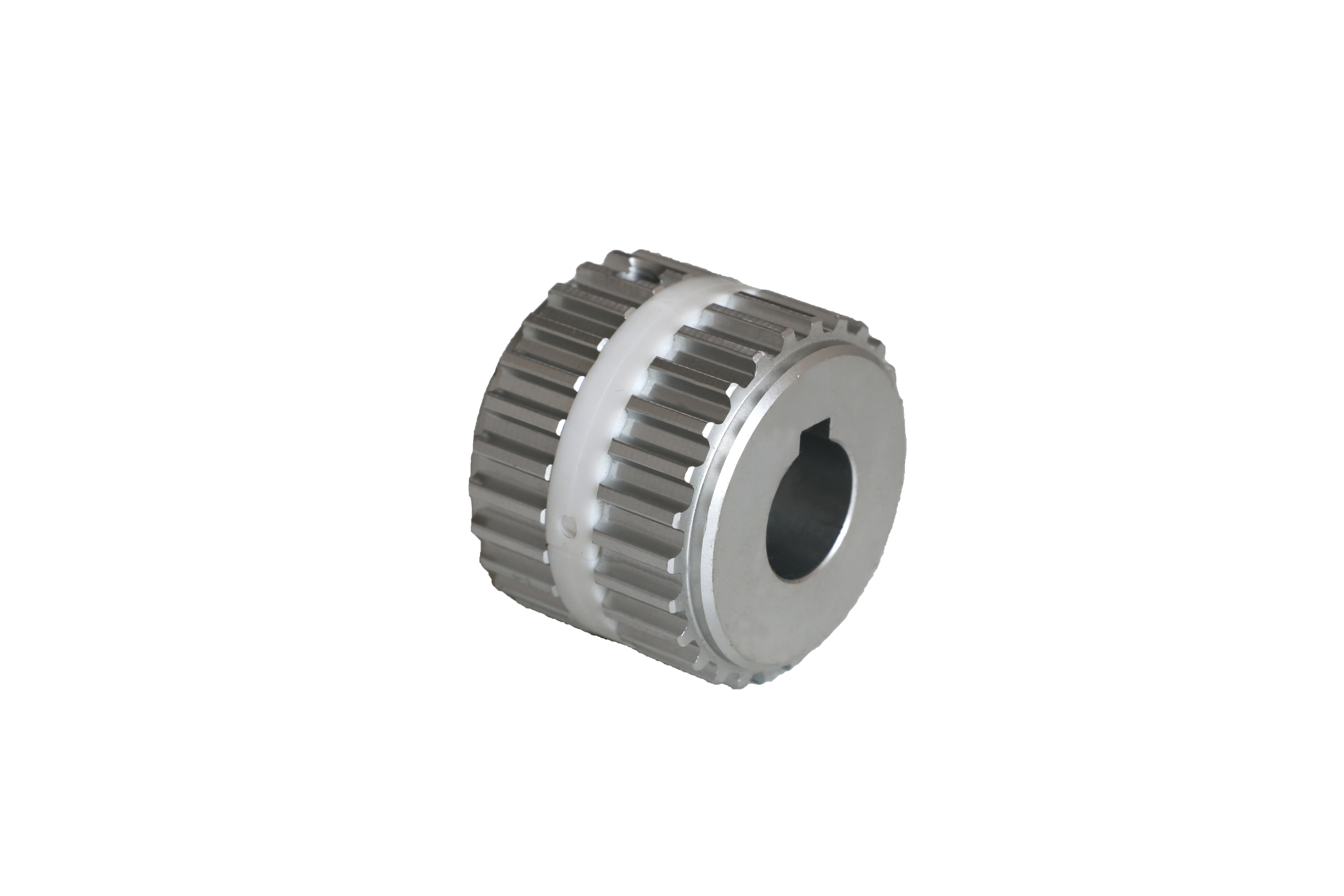
Timing Belt Pulley failure often happens because of mechanical wear, misalignment, improper tensioning, contamination, and poor-quality components. These problems can damage the LP belt and reduce system reliability. Skilled engineers select the right materials and surface treatments during manufacture to help prevent these issues.
Key Takeaways
- Mechanical wear, misalignment, improper tensioning, contamination, and poor-quality parts cause most timing belt pulley failures.
- Regular inspection, correct installation, proper tensioning, and using quality components help prevent failures and extend system life.
- Keeping the system clean and detecting problems early reduce downtime, save money, and improve machine performance.
Timing Belt Pulley Failure: Causes and Warning Signs
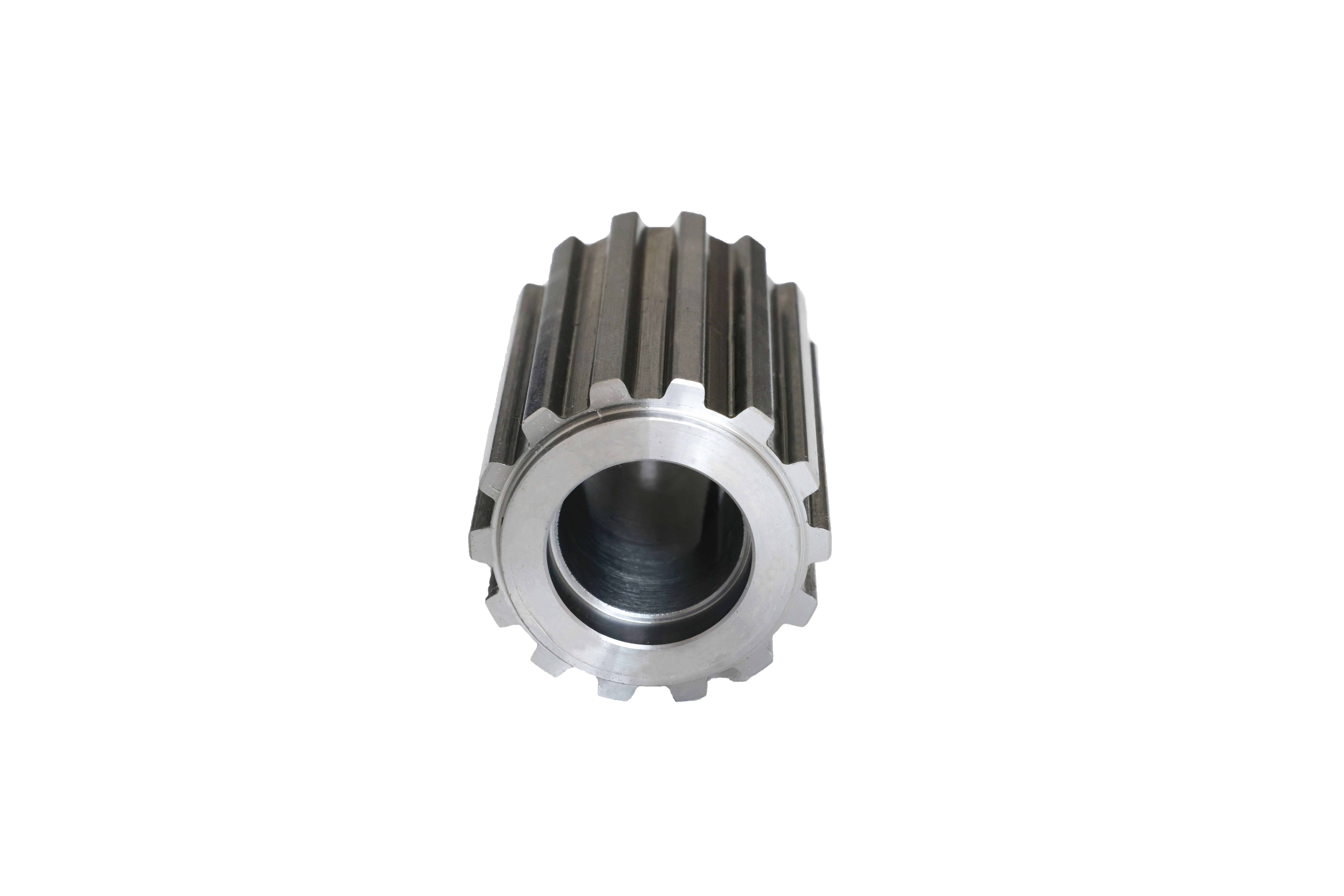
Timing belt pulley failure can disrupt machines and cause expensive repairs. Recognizing the main causes and warning signs helps prevent breakdowns and keeps systems running smoothly. The most common problems include mechanical wear, misalignment, improper tensioning, contamination, and poor-quality components. Each issue shows clear symptoms that engineers and technicians can spot early.
Mechanical Wear and Tear
Mechanical wear and tear is the leading cause of timing belt pulley failure. Over time, friction between the belt and pulley teeth changes the shape of the pulley. This reduces the contact area and increases stress on the teeth. The system may run unevenly and lose efficiency.
Key points:
- Friction causes pulley teeth to wear down.
- Belt and pulley teeth can crack or break.
- Bearings may fail, causing the pulley to freeze.
Common symptoms include:
- Shaky or wobbly belt movement.
- Marks or grooves on the pulley surface.
- Squealing or whining noises from the belt.
- Knocking or slapping sounds when the belt is loose.
- Damaged bearings or pulleys that may crack.
Tip: Regular inspection helps catch wear before it leads to system failure.
Misalignment Issues
Misalignment happens when pulleys or shafts do not line up correctly. This problem causes uneven tooth wear and can make the belt slip or track incorrectly. Misalignment also increases noise and vibration.
Key points:
- Misaligned pulleys wear out faster.
- Belt tracking problems can occur.
- Machinery loses efficiency and uses more energy.
Warning signs include:
- Frayed edges, cracks, or glazing on the belt.
- Vibrations and unusual noises.
- Burning rubber smell from heat buildup.
- Reduced system performance.
| Diagnostic Method | Description | Signs/Indicators |
|---|---|---|
| Auditory Inspection | Listen for chirping or squeaking noises caused by belt misalignment | Chirping noise |
| Visual Inspection | Check belt shoulders for abnormal wear and damage | Wear on belt shoulders |
| Laser Alignment Tools | Use laser tools for precise angular and parallel alignment checks | Angular misalignment, non-paralleL Pulleys |
Note: Using alignment tools like straight edges or lasers helps keep pulleys in line and prevents early failure.
Improper Tensioning
Improper tensioning means the belt is either too tight or too loose. Both conditions damage the timing belt pulley and other parts. Too much tension strains bearings and shafts. Too little tension causes the belt to slip and wear out quickly.
Key points:
- Over-tight belts increase friction and risk sudden breakage.
- Loose belts slip and reduce power transmission.
- Both conditions shorten the life of the belt and pulley.
Symptoms to watch for:
- Cracking or breaking belts.
- Hardened belt appearance.
- Squealing noises during startup.
- Motor overheating or over-amperage.
- Premature wear of pulleys and bearings.
Tip: Use a tension gauge or follow manufacturer guidelines to set the correct belt tension.
Contamination and Debris
Contamination from dust, oil, or debris can damage Timing Belt Pulleys. These materials get into the system and cause wear or chemical reactions that weaken the belt and pulley.
Key points:
- Dust and debris disrupt belt function.
- Oil and chemicals can break down belt compounds.
- Contamination leads to early failure.
Early warning signs:
-
Visible dirt or buildup on pulleys and belts.
-
Unusual noises or vibrations.
-
Reduced system performance.
-
Regular cleaning and inspection help prevent contamination.
-
Store unused components in dry, clean places to avoid damage.
Tip: Clean pulleys and belts with soft cloths or brushes.
Poor Quality or Incompatible Components
Using poor quality or incompatible timing belt pulley components increases the risk of failure. Problems include wrong pulley size, unsuitable materials, and bad alignment. These issues cause abnormal wear and damage.
Key points:
- Low-quality pulleys wear out quickly.
- Incompatible parts do not fit or work well together.
- Material fatigue and poor alignment lead to system breakdowns.
Symptoms include:
- Abnormal belt side wear.
- Missing belt teeth.
- Cracks on the belt or pulley.
- Excessive noise and vibration.
| Factor | Importance Level | Key Considerations |
|---|---|---|
| Material | High | Aluminum resists corrosion; steel handles high torque; reinforced plastics reduce noise. |
| Belt Compatibility | High | Pulley must match belt type and profile. |
| Tooth Profile | High | Affects grip and wear. |
| Load Capacity | High | Must match application needs. |
Tip: Always select pulleys and belts that meet industry standards and manufacturer recommendations.
Timing Belt Pulley Prevention Strategies

Regular Inspection and Maintenance
Key points: Regular checks catch problems early, reduce failure rates, and keep systems running smoothly.
Routine inspection helps identify worn pulleys, tensioners, and belts before they cause misalignment or slack. Technicians should look for oil leaks, contamination, and signs of wear. In high-use environments, monthly inspections work best for fast-moving lines, while quarterly checks suit moderate-use systems. Proactive replacement of Belts And Pulleys every 18-24 months prevents unplanned outages. Always replace belts and pulleys as matched sets to avoid premature wear.
- Regular inspections lower the risk of belt slippage and complete failure.
- Early detection of issues saves money and prevents downtime.
Correct Installation and Alignment
Key points: Proper installation and alignment prevent uneven wear and extend system life.
Installers should check that the machinery base is flat and stable. Use hand pressure to fit new belts and keep slack sides together. Laser alignment tools or dial indicators help achieve precise alignment between shafts and pulleys. After adjustments, tighten all machinery feet evenly. These steps reduce the risk of misalignment and keep the Timing Belt Pulley working efficiently.
Tip: Accurate alignment tools ensure the shaft and pulley are positioned correctly, avoiding stress on the belt teeth.
Proper Tensioning Techniques
Key points: Correct tensioning avoids belt slippage, noise, and early failure.
Technicians should use tension gauges or sonic devices to set the right belt tension. Over-tensioning can snap the belt or damage bearings. Under-tensioning leads to slippage and wear. Adjust tension for temperature changes, as materials expand and contract. Proper tensioning distributes load evenly and keeps the Timing Belt Pulley running smoothly.
| Common Mistake | Problem Caused | Solution |
|---|---|---|
| Over-tensioning | Belt snapping, noise | Adjust to specs, replace belt |
| Under-tensioning | Slippage, misalignment | Increase tension, use gauge |
| Misalignment | Edge wear, noise | Realign pulleys |
Selecting Quality Components
Key points: High-quality parts improve reliability and match system needs.
Choose belts and pulleys based on design torque and operating environment. Select materials that resist temperature, chemicals, and dust. Use proper pretension to prevent tooth jumping. For cleanrooms, urethane belts work best. Always match belt and pulley profiles to avoid poor meshing and damage.
- Quality components reduce wear and extend service life.
- Matched sets prevent tracking issues and premature failure.
Keeping the System Clean
Key points: Clean systems last longer and work better.
Regular cleaning removes dirt and contaminants from pulleys and belts. This reduces friction and wear, helping the system run smoothly. Clean components also prevent chemical damage and keep the Timing Belt Pulley in top condition.
Note: Use soft cloths or brushes for cleaning. Only use approved lubricants to avoid belt damage.
Key points: Mechanical wear, misalignment, improper tensioning, contamination, and poor-quality parts cause most Timing Belt Pulley failures. Regular inspection, correct installation, and quality components help prevent these issues.
- Maintenance strategies increase reliability, reduce downtime, and improve productivity.
- Early detection and proper alignment extend equipment life and lower costs.
FAQ
Key points:
This section answers common questions about timing belt pulley failure, maintenance, and component selection. Readers will learn how to spot problems and keep systems running smoothly.
What signs show a timing belt pulley needs replacement?
Technicians see cracks, missing teeth, or uneven wear. Noises like squealing or knocking also warn that replacement is needed.
Tip: Early replacement prevents bigger problems.
How often should technicians inspect timing belt pulleys?
Monthly inspections work best for busy systems. Quarterly checks suit machines with lighter use. Regular checks catch problems early.
Which materials work best for timing belt pulleys?
Engineers choose aluminum for light weight, steel for strength, and nylon for quiet operation. Each material fits different system needs.
- Aluminum resists corrosion.
- Steel handles heavy loads.
- Nylon reduces noise.

